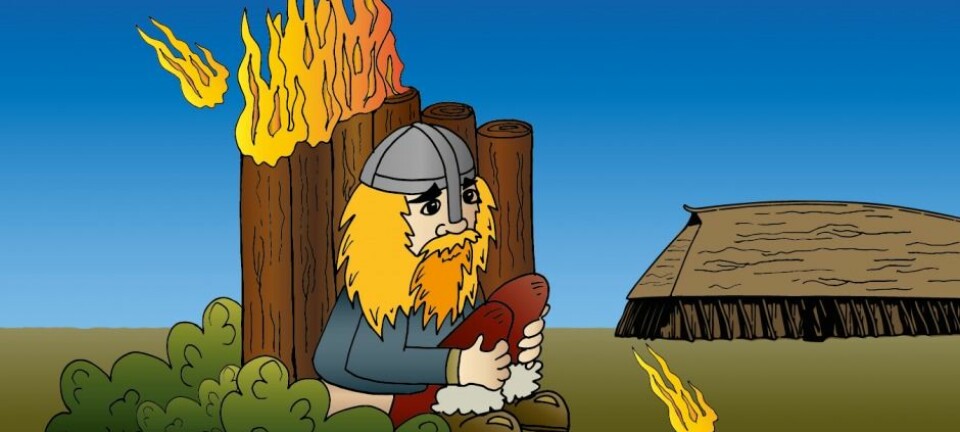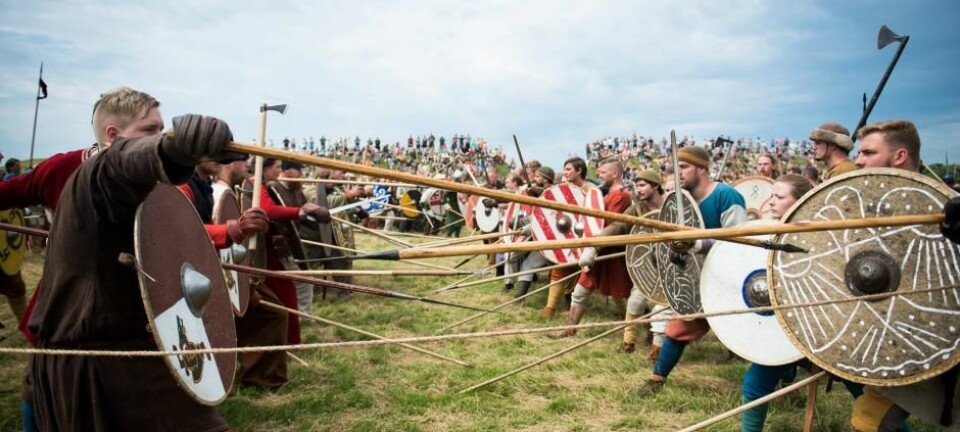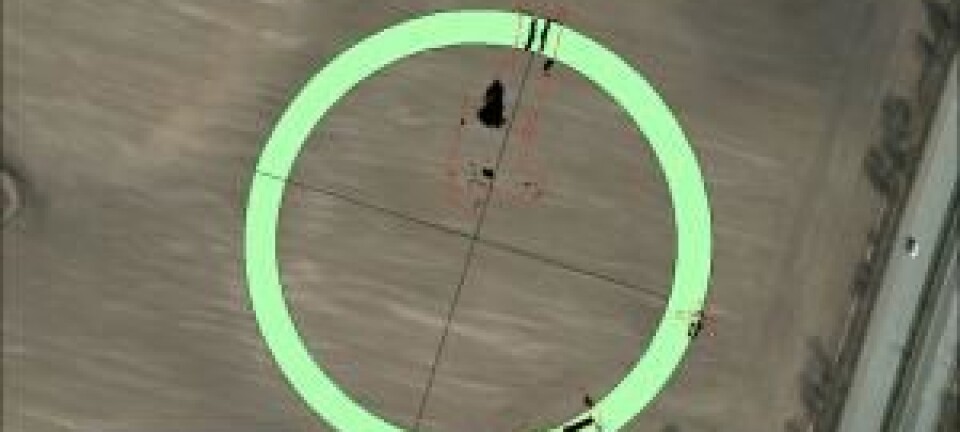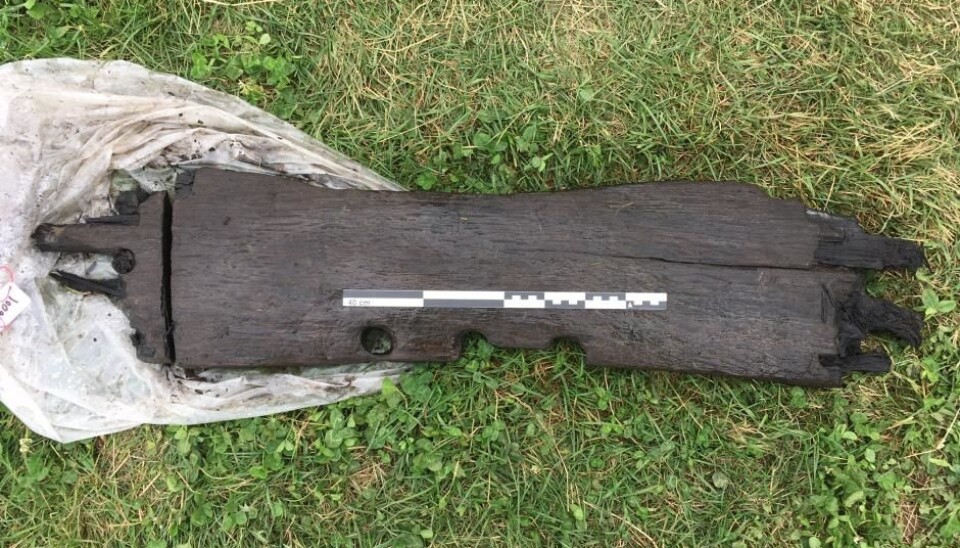
Archaeologists finally know how old Denmark’s fifth Viking fortress is
A piece of well-preserved oak found close to the “Borgring” Viking fortress has provided a precise date for its earliest possible construction.
Archaeologists have discovered a well-preserved piece of oak timber that indicates that Denmark’s fifth Viking ring fortress, “Borgring,” was built after 966 CE.
The timber was discovered outside the fortress and it had clearly been manufactured for some construction purpose. Archaeologists cannot say what exactly, but it could have been part of a door or a bridge.
The new dating confirms that Borgring, which was discovered in 2014 in Lellinge near Copenhagen, was built at about the same time as the other Viking fortresses in Denmark.
“When we started excavating at Borgring, we had a theory that it was perhaps the latest fortress and that it was never completed. But we now know that it was established at about the same time as the others. Together with the other finds at Borgring, for example wheel tracks that indicate life, we now view the fortress as being more complete,” says archaeologist and excavation leader Nanna Holm.
“Now we get nerdy”
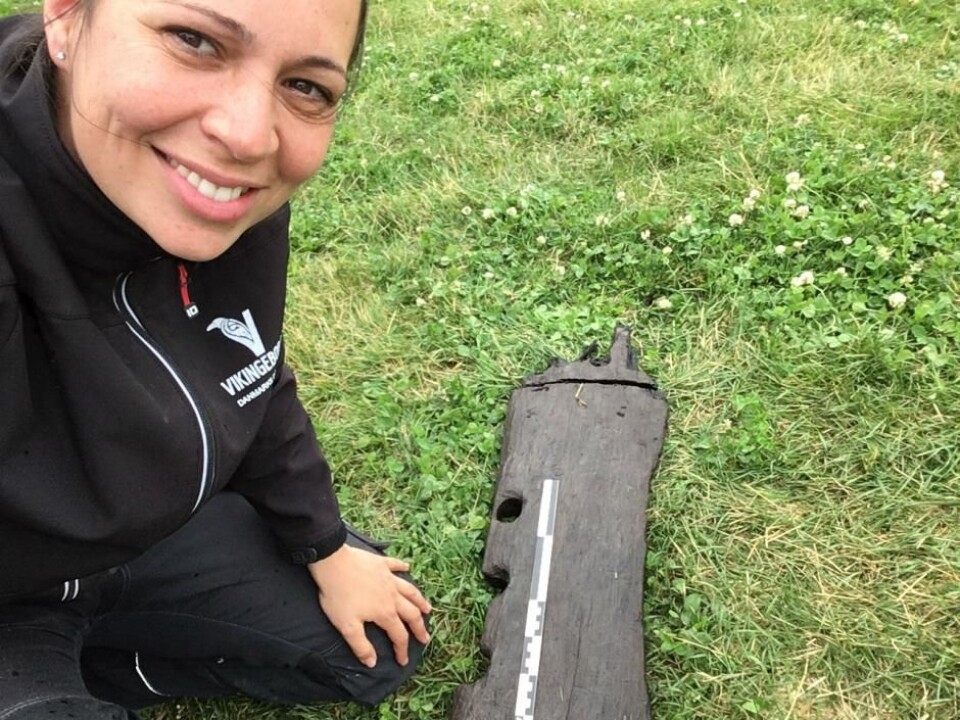
The wooden plank is approximately one metre long, seven centimetres thick, and was found 2.5 metres beneath the level of the present day valley. The valley is a water-logged area, which in Viking times was perhaps navigable, although the archaeologists do not know precisely where the water flowed or how wide the channel was.
With the help of so-called stratigraphy of the soil layers, which provides a time line of archaeological events, archaeologists can say with a high degree of certainty that the wood belongs to the fortress, says Holm.
“Now we get nerdy over the really fine, thin soil layers, but we can see that it is a piece of wood, which was last used and discarded in 966 CE at the earliest, and we’re sure that it correlates with the fortress,” she says.
The very precise dating was only possible because the plank was made of oak and was especially well-preserved in the water-logged soil. The wood contained 122 annual rings that could be used for so-called dendrochronological analysis.
Previously, the archaeologists only had wood samples suitable for radiocarbon dating--a method based on the amount of carbon 14 contained within the sample that is relatively less precise.
Hope to find more timber
The new discovery reinforces the suspicion that Borgring was the latest fortress to be built by the Viking king, Harold Bluetooth, who ruled over Denmark between 958 to 987 CE, says archaeologist Søren Sindbæk.
“It’s fantastic in itself that we’ve found this piece of timber, which more than halves the margin of uncertainty of when the fortress was built. We are now certain that we’re in the latter four decades of the tenth century. But at the same time I’m frustrated that we don’t have the [most recent] tree rings,” he says.
There is still a good chance that the archaeologists could get an even more precise date, he says. The discovery of the wooden plank is the first of its kind to be found in the river valley, so it’s good news in more ways than one.
“For me, the most exciting thing is that we have seemingly discovered the wet deposits [in the ground], which we’ve been searching for. So in other words, now we know which area belongs to the time period of the castle. So we may get lucky and find more pieces soon,” says Sindbæk.
--------------------
Read more in the Danish version of this story on Videnskab.dk
Translated by: Catherine Jex
